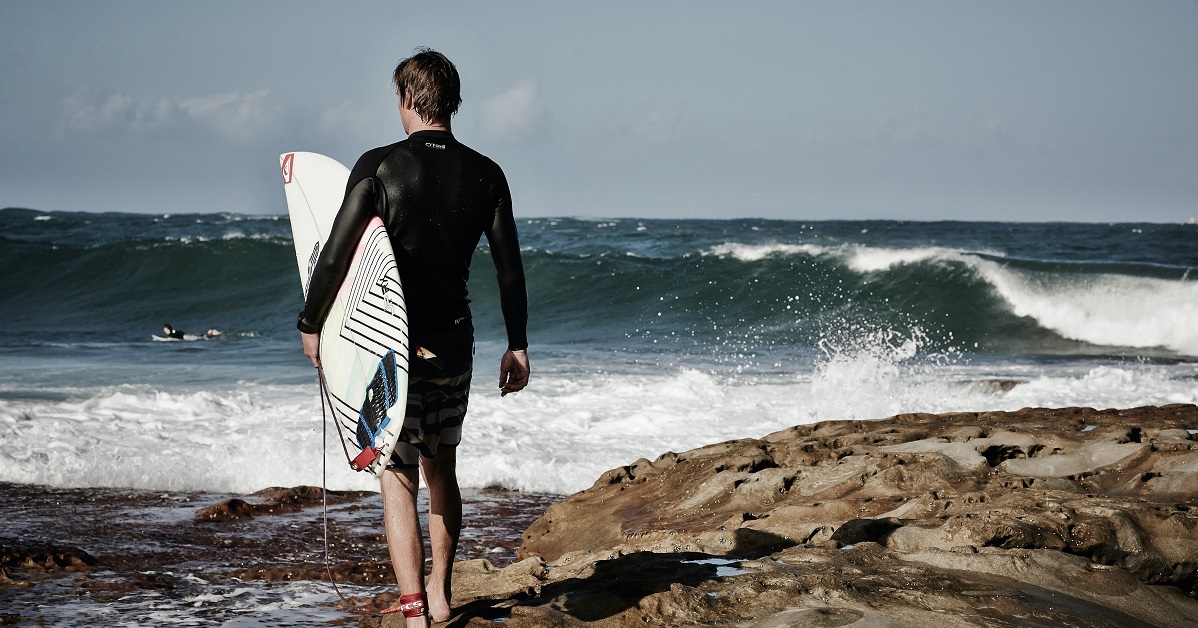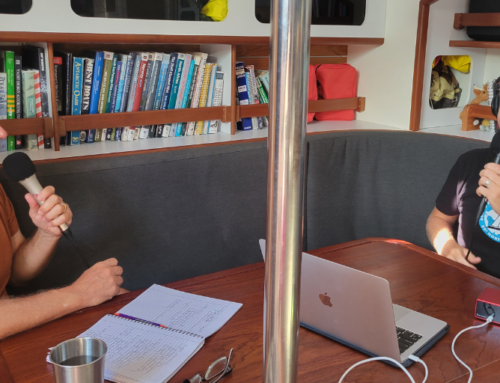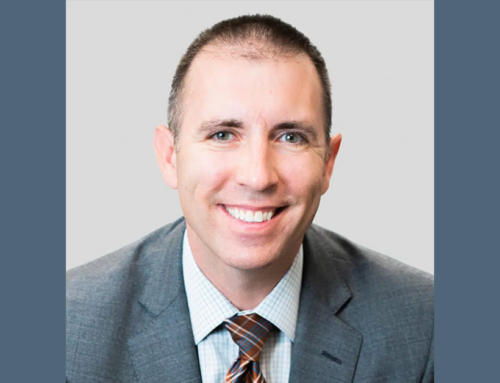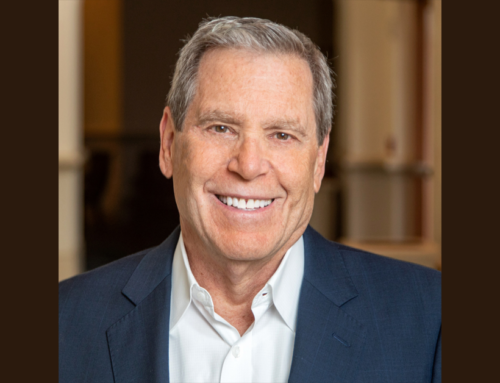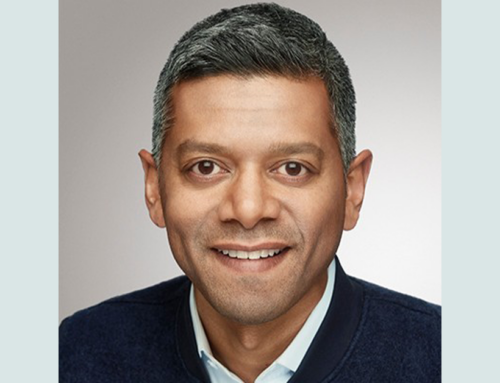There’s another rarely talked about way that top advisors like Peter Mallouk and Joe Duran have used to become so successful.
As a podcast host and producer, I always go back and listen to my shows a second time after they’ve been edited. And I usually pick up a comment made by my guest that is quite insightful, yet it didn’t register with me in the moment of the conversation. My mistake!
And this “second listen” often leads to me going back and reading the transcript, which leads to even more insights and nuances that I missed. My conversation with Peter was no different.
Advisors often look at successful advisors like Peter and think that they had some special advantage that enabled them to build such a huge business and that without that advantage, they wouldn’t be nearly as big. Interestingly, there’s some truth to that thinking. (I use the word “that” way too many times in those two sentences!)
On the second listening, I picked up on something Peter said in our conversation that was really honest about how they grew so fast.
Peter said he had great “timing.”
By that he meant he built his firm and delivered a set of services that were very uncommon at the time, but have since become the standard way to do business. As a result of being early, he had a 5-to-10-year head start, garnered massive assets from this way of doing business, and has been expanding his lead ever since.
Some of the things he did back in the beginning (the good timing) that have now become the accepted way to do business include:
- Passive investing
- Using ETFs
- Doing deep financial planning (and in Peter’s case, not charging separately for it)
- Hiring highly credentialed people
For example, those four things attracted the attention of Ameritrade and gave Peter’s firm a leg up in getting a massive amount of custodian referrals back in the early days.
Joe Duran told me the same thing in a podcast I did with him in 2015. Instead of timing, he called it “getting in front of a big wave to ride.”
In Joe’s case, he did it twice. First, he built Centurion Capital Group and rode the wave of advisors converting from commissions to fees before selling it to GE in 2001 for an estimated $75 million. Then he started United Capital in 2005 and rode the wave of advisors moving from asset management to financial life management. That led to a $750 million sale to Goldman Sachs in 2019.
So yes, Peter and Joe had great “timing” in “riding a big wave” to massive growth. But here’s the thing–nothing is stopping you from finding a wave too!
Joe actually gave me a three-part formula for finding waves to ride:
- Identify a big problem from a consumer perspective. You have to put yourself in the mind and shoes of the consumer and see the problem from their perspective, not your perspective as a business owner.
- Identify very clearly how you would fix the problem. You need a way to solve it that your clients will value and pay for.
- Answer honestly whether you have the resources and ability to fix the problem. This comes down to execution. Can you pull together the people and the resources needed to deliver a solution that solves the problem?
Here’s your homework: what big client problem is not currently being met, how would you fix it, and what people and resources do you need to get the job done?

